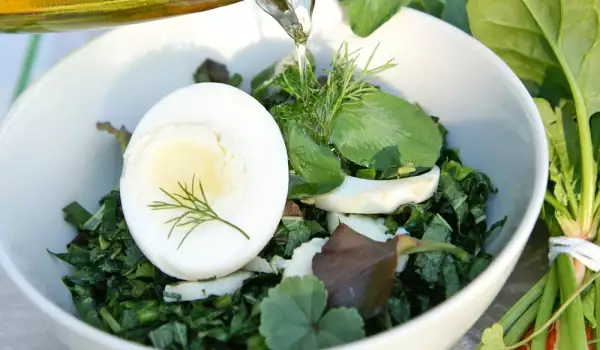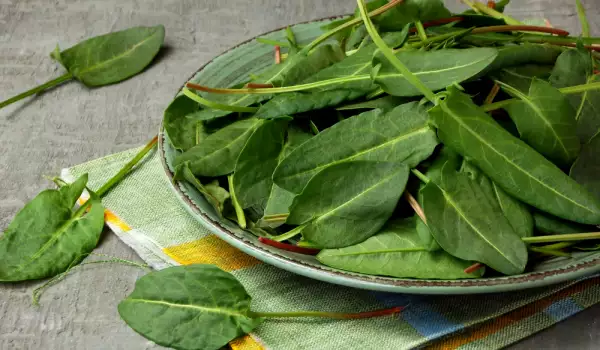Sorrel is a common perennial herb that eagerly sprouts from the ground each spring. Native to Europe and Asia, sorrel is rich in vitamin C and is particularly aromatic.
Sorrel can be cultivated easily in most temperate climates. It is attributed medicinal properties related to the treatment of rheumatism and improving digestion. Although it looks like "withered lettuce", its distinctive taste is great. Don't miss out on this ingredient because it not only adds a nice flavor to many dishes but is also easy to cook.
Until recently, most chefs did not use sorrel on their menus. Most of the sorrel recipes that are found come from France, where the plant has been used for centuries in folk medicine, as well as for making soups and stews. In fact, the word "sorrel" comes from the German word "sur" and the Old French word "surele", both of which mean "sour". This is exactly the flavor that the plant adds to dishes, and it is already used not only in the above-mentioned country, but all over the world.
Besides adding more flavor, sorrel leaves are used to aid digestion, treat liver problems, and treat ulcers in the throat and mouth. Because sorrel provides a huge dose of fiber, vitamins A, C and B6, iron, magnesium, potassium and calcium, it is considered a health food. In pharmacies, sorrel is available in the form of tea.
Sorrel season is late spring to mid-summer, usually from May to June. And because it grows like a weed and thrives in all conditions, you can find the plant all over the country. Spring is the time to start looking for the long emerald leaves of common sorrel.
They are sold in bundles and have long or small round leaves. Wild sorrel can also be found in the late spring and early summer months. With three folded heart-shaped leaves, this variety looks a lot like a clover, although it also has small yellow flowers and seed pods that look like a small okra.
Prepare the sorrel soon after purchasing or harvesting it. The leaves will last longer washed and pressed between damp paper towels in a plastic container in the refrigerator, but their shelf life is one to two weeks, and is shorter than that of spinach, kale or arugula. You can also dry sorrel to use as a herb, but it will lose some of its flavor that way.

Try eating it raw first. Then cook it into dishes such as pasta, soups, wrap beef in it before grilling, and elegantly tie all the fish you've grilled. You can even wrap sarma with sorrel. The leafy vegetable can really be used in a variety of ways.
Sorrel can be combined with yogurt to make a rich dressing for salmon salads.
A stunning pesto can be prepared with sorrel, various sauces and dressings too. In general, you can use sorrel in anything that requires a little acid. Add a few raw leaves to a mixed green salad, cook it and add it as a side or make it a bright addition to your main course.
Since sorrel contains increased amounts of oxalic acid salts, some people should refrain from eating this plant. People suffering from gout, arthritis, rheumatism should eliminate it from their diet.
Sorrel is prohibited for people who suffer from ulcers or gastric hyperacidity. However, be aware that the young leaves are much less acidic and can therefore be eaten in moderation from time to time.




















Comments